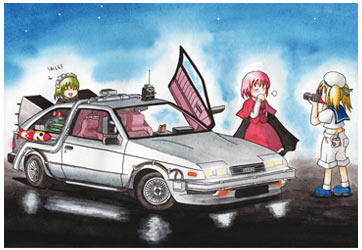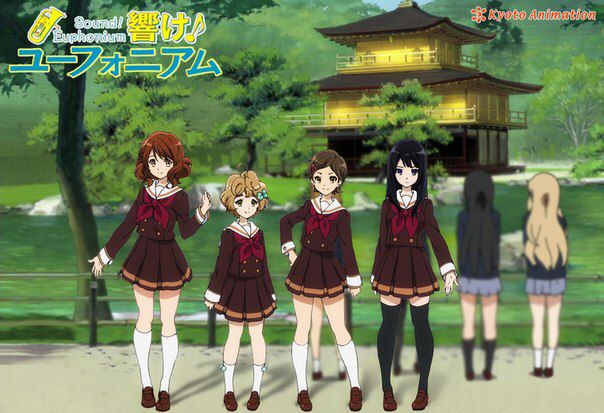One of the more interesting classes I took back at SDSU was a course on screenplay writing, which sought to teach us the theory of how good film screenplays are structured. We watched dozens of great films and analyzed how they were neatly divided into three acts: the setup and incident that sets the story in motion, followed by the bulk of the story which ends with things looking bleakest for the hero, then rising action and climax at the end. Anyone who’s watched a lot of animated feature films from Japan or Japanese films in general might have noticed that directors here often don’t follow this three-act story approach, and it’s common for stories to lack any formal structure at all, with endings that are sometimes vague on purpose. I’ve always gotten the impression that Japanese films are all about capturing an aesthetic that’s closer to real life, which is after all “just a bunch of stuff that happens” and not the creation of some screenplay writer. When I watch Japanese films like Snakes and Earrings (about a woman who becomes obsessed with tattoos and body piercing) or Ghibli’s Ocean Waves (the story of a girl from Tokyo who goes to live in Kochi Prefecture after her parents’ divorce, and her romance with a local boy), I feel like I’ve watched something
close to reality.

Japanese films often lack the structure of their Western counterparts.















